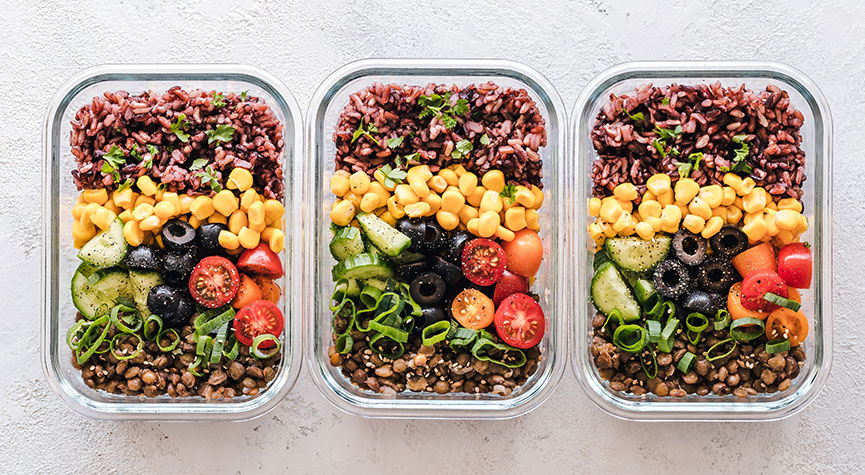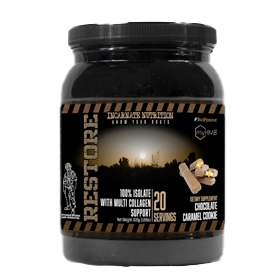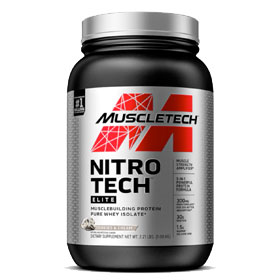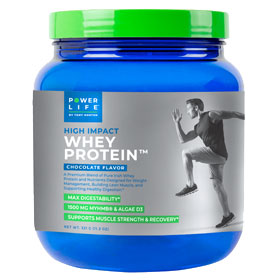Nutrition is always a tricky subject. One thing we know though is that protein is essential to the body.
Our team myHMB ambassador / retired pro boxer Mike Kurzeja is here to talk about the macronutrient protein.
All Proteins are NOT created equal.
Without going too far into the weeds on the biological and chemical makeup of proteins, I will try to simply break this down.
There are three basic different types of proteins.
- Slow digesting
- Moderate digesting
- Fast digesting

Protein Consumption through Supplements
When it comes to protein powders, hydrolyzed proteins are fast digesting. Different types of whey protein and isolate protein are generally moderate or medium digesting proteins. Casein protein is slow digesting protein.
Most athletes use a whey protein isolate which is a moderate or medium digesting protein. This generally works great for recovery and most people can digest it appropriately.
Hydrolyzed protein is more expensive to manufacture, however, it digests very quickly and as a result many athletes will take it prior to their workout as they will digest it and not have a problem with digestion during physical activity. Hydrolyzed protein is also beneficial right after your training, because of the fast digestive abilities.
Casein protein is usually taken at night, or at bedtime. Casein protein takes hours to digest, and that’s why it is optimal to take at night and in turn keep you full while you sleep. This also helps with late night cravings and snacking.
Protein Powder Quality
Generally, you get what you pay for with protein powders. There are many different manufacturers and companies which make protein. All protein, depending on the brand has a different caloric breakdown with some carbohydrates and fats in the mixture. Read the label and know what you are taking.
At the end of the day it’s calories in vs. calories out. When looking for a brand stick with reputable companies. Some manufacturers put in “fillers” which add to the caloric breakdown of the protein supplement you are taking. This’s why I say you get what you pay for. You will notice most reputable companies might be a bit more expensive, but there won’t be added fillers in the protein, which could be unwanted carbohydrates or fat.

Eat REAL Food
Getting protein through whole food sources should take priority over supplements. Not only will eating more protein keep you satiated throughout the day, but studies suggest that a high-protein diet has benefits for weight loss and metabolic health. 1 2
Some options include:
- Eggs
- Chicken Breast
- Milk
- Lean Beef
- Fish
- Turkey
- Cottage Cheese
If you’re vegetarian or vegan some good protein sources are:
- Tofu, tempeh, and edamame
- Seitan
- Lentils
- Beans
- Hemp seeds
- Nuts
- Quinoa

How Much Protein Do I Need?
As a general rule, try to consume 1 g of protein per pound of body weight per day. That means if you weigh 200 lbs. you should consume 200 g of protein. Research suggests that your body can only absorb around 25 grams of protein per meal. 3 This means you need to eat multiple times throughout the day to meet your protein intake goals. This is where supplementation can be of use.
myHMB Helps Protein Perform.
myHMB is a unique ingredient that turns on the muscle machinery responsible for increasing the protein building in muscles while reducing the breakdown of protein in muscle. From this dual mechanism of action, HMB has been found to help protein perform more optimally. 4 Learn more.
References:
- Westerterp-Plantenga MS. Protein intake and energy balance. Regul Pept. 2008 Aug 7;149(1-3):67-9. doi: 10.1016/j.regpep.2007.08.026. Epub 2008 Mar 25. View abstract.
- Noakes M, Keogh JB, Foster PR, Clifton PM. Effect of an energy-restricted, high-protein, low-fat diet relative to a conventional high-carbohydrate, low-fat diet on weight loss, body composition, nutritional status, and markers of cardiovascular health in obese women. Am J Clin Nutr. 2005 Jun;81(6):1298-306. doi: 10.1093/ajcn/81.6.1298. View abstract.
- Schoenfeld BJ, Aragon AA. How much protein can the body use in a single meal for muscle-building? Implications for daily protein distribution. J Int Soc Sports Nutr. 2018;15:10. Published 2018 Feb 27. doi:10.1186/s12970-018-0215-1. View abstract.
- Rittig N, Bach E, Thomsen HH, et al. Anabolic effects of leucine-rich whey protein, carbohydrate, and soy protein with and without β-hydroxy-β-methylbutyrate (HMB) during fasting-induced catabolism: A human randomized crossover trial. Clin Nutr. 2017;36(3):697-705. doi:10.1016/j.clnu.2016.05.004. View abstract.








